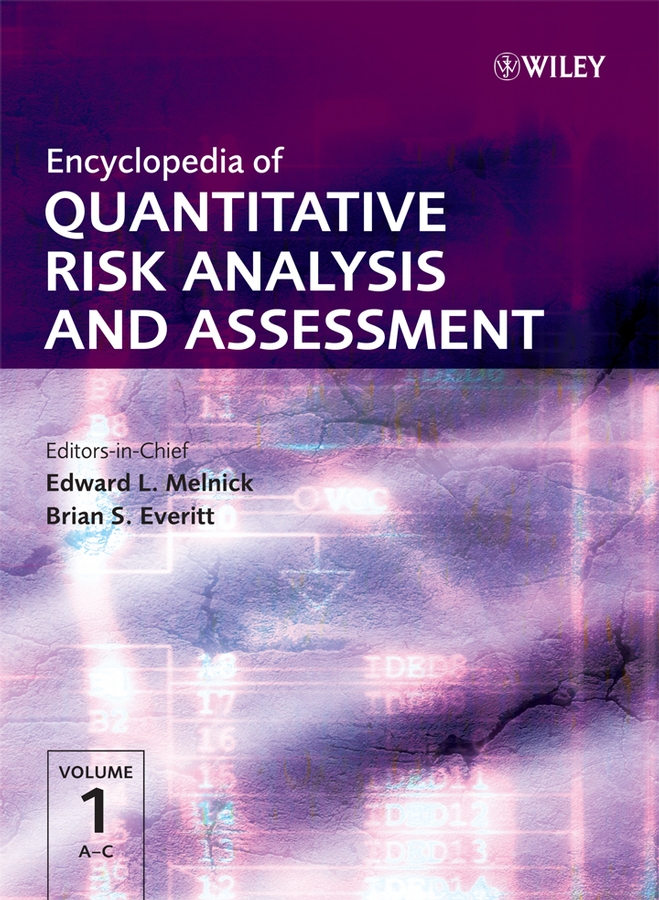Environmental Exposure Monitoring
Abstract
Exposure monitoring has become increasingly important since the mid-1970s due to greater awareness about chemical pollution in the environment and concern about the role pollutants may play in the early onset of disease. Exposure monitoring methods have been developed to measure contact with environmental pollutants contained in air, water, food, products, and transport media directly or indirectly. Biological monitoring of blood, breath, feces, saliva, or urine is frequently incorporated in these methods to provide not only another indication of exposure but also an indication of internal dose and the potential for the pollutant to cause adverse effects to one or more target organs. Exposure monitoring is a key ingredient of health surveillance and exposure assessment, an integral component of environmental health risk assessment. Direct methods employ personal monitoring devices and collection of personal samples to estimate pollutant exposure. Indirect methods employ pollutant concentration measurements or estimates in various media combined with fate and transport models and assumptions about the nature, frequency, and duration of pollutant contact to estimate exposure. Both are widely used to estimate exposure to environmental pollutants.



